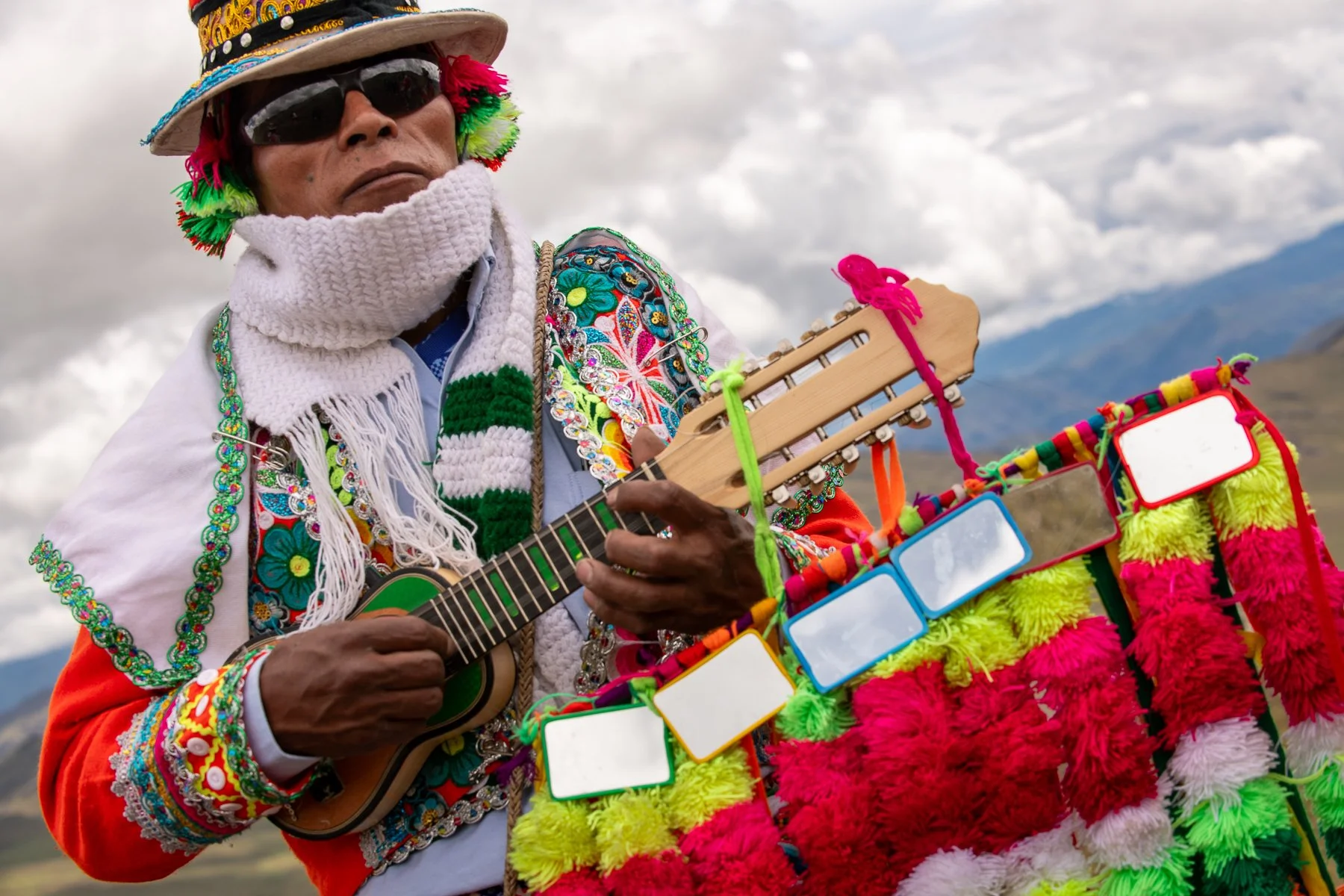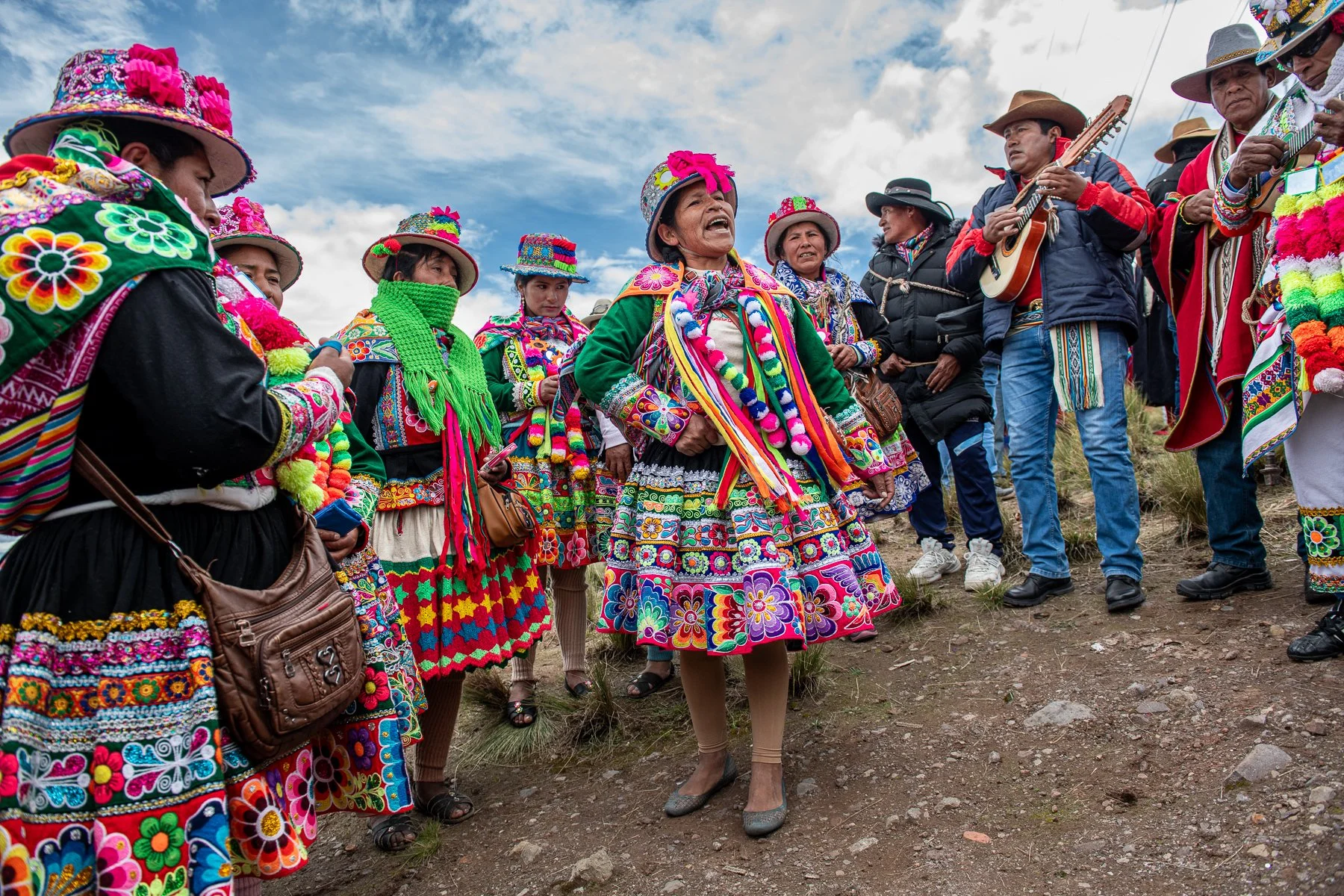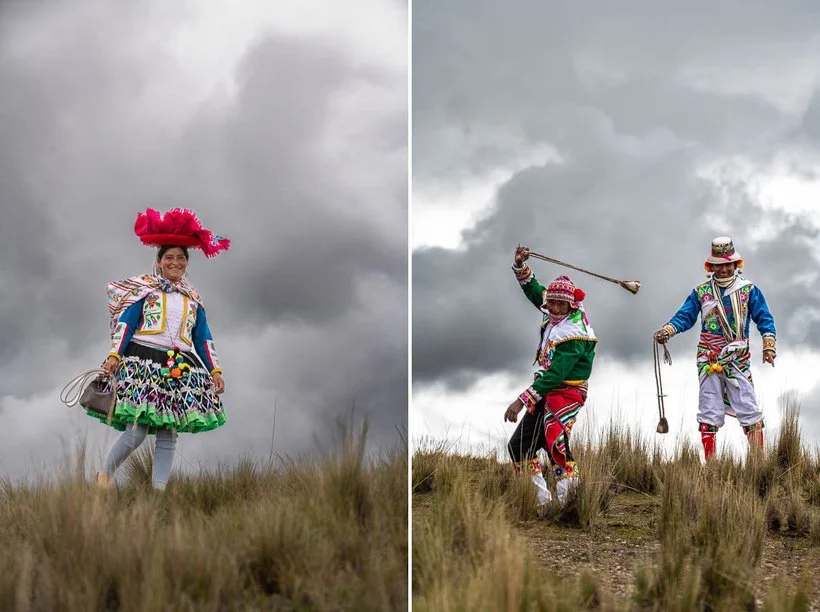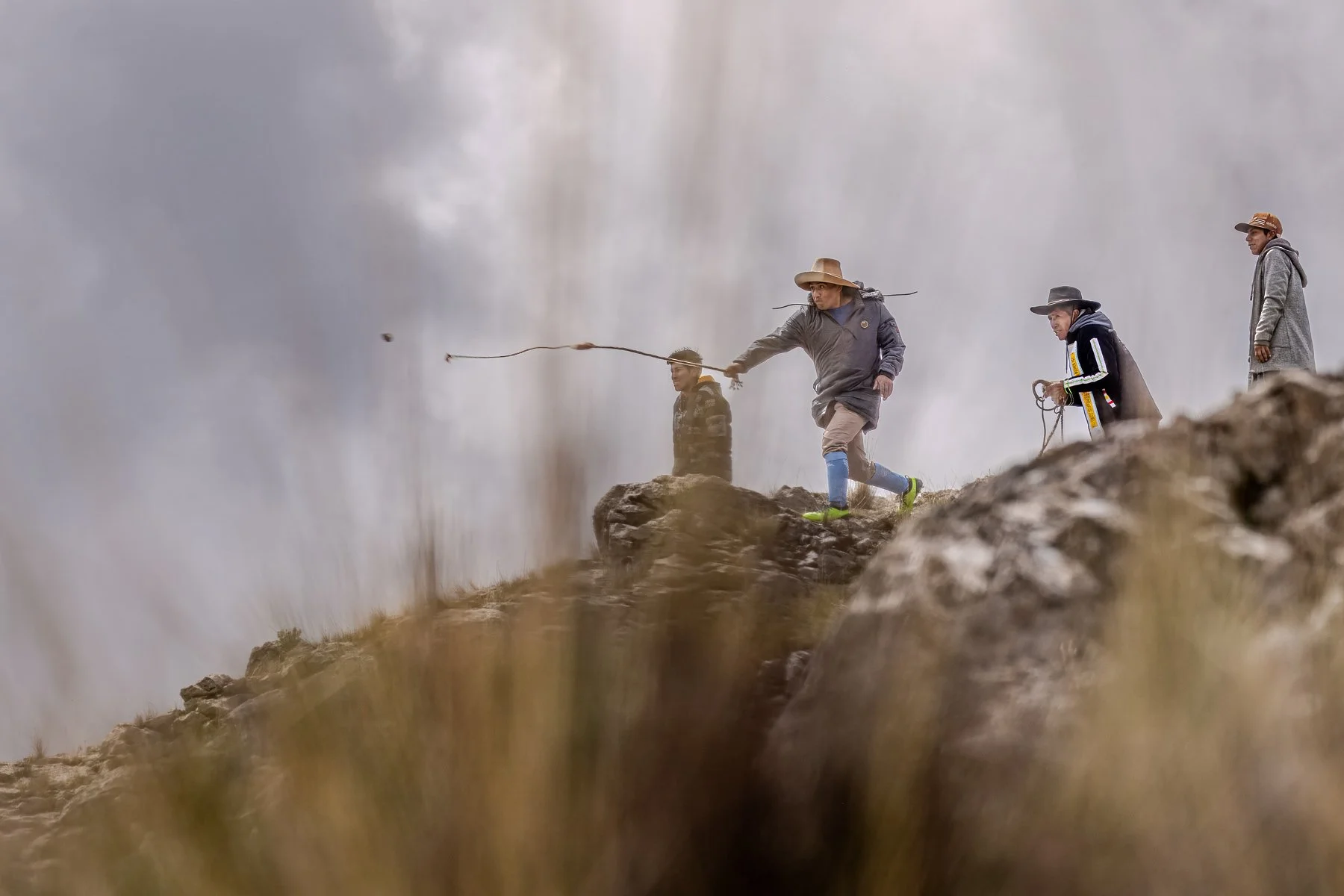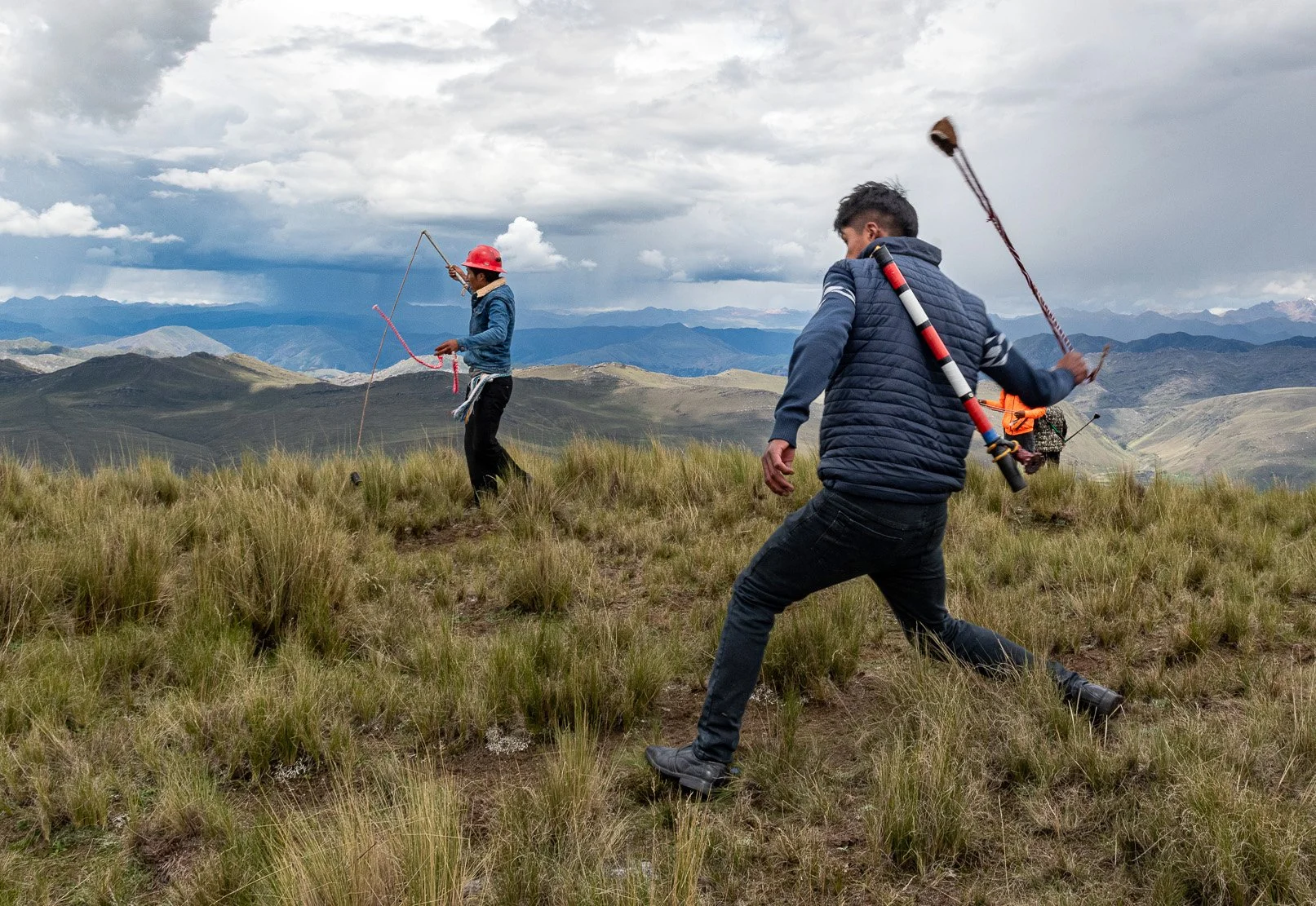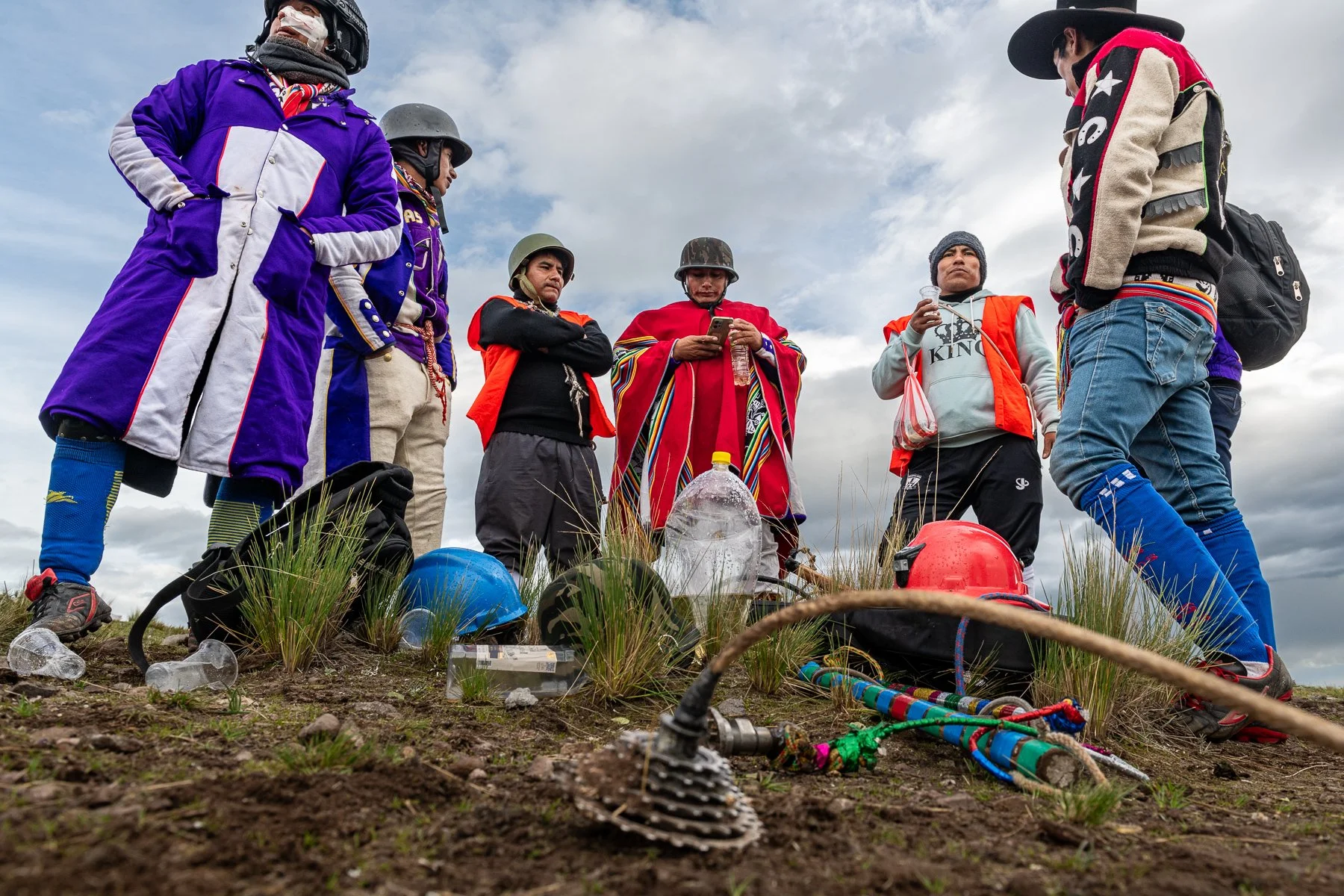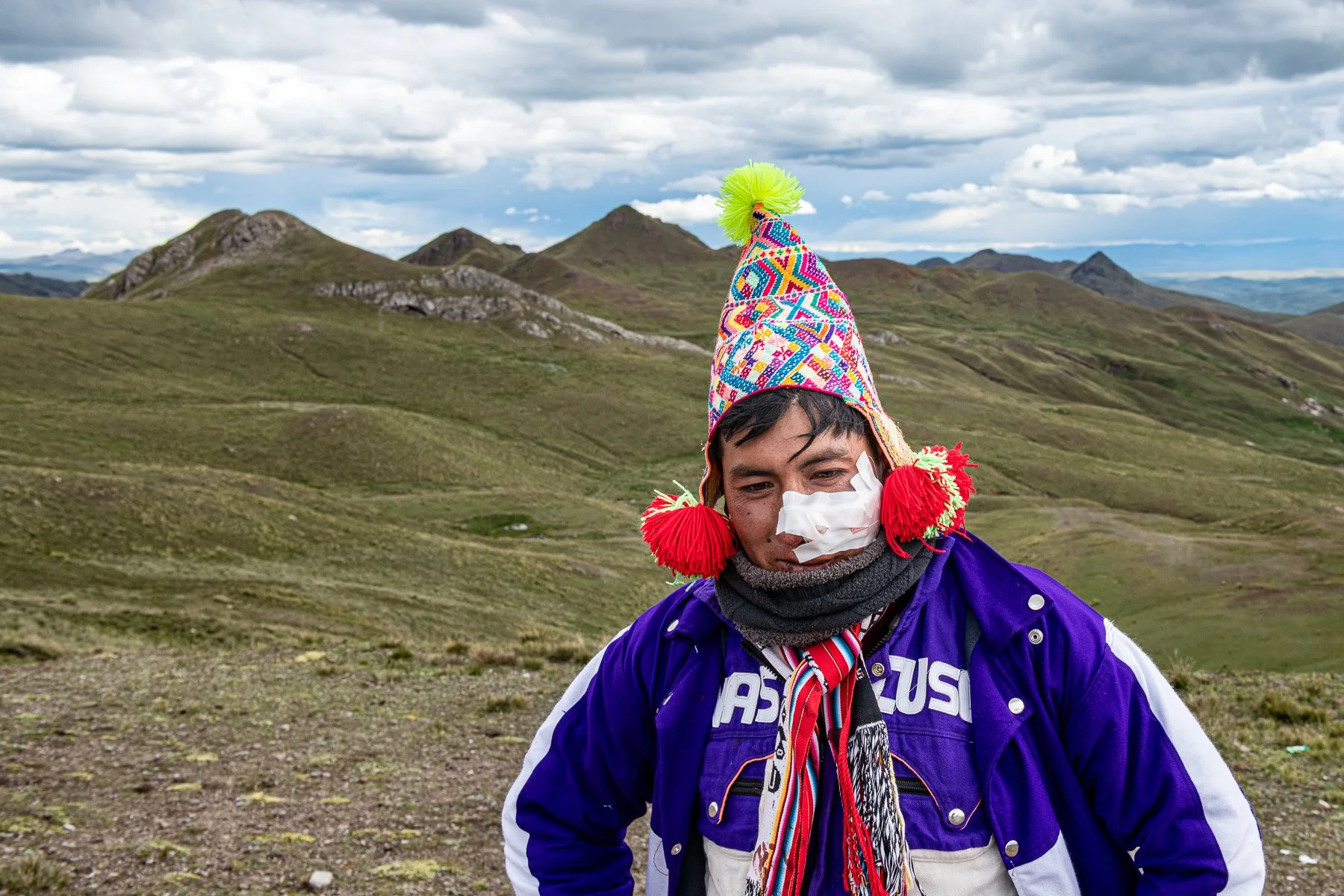Traditional Battle Of Chiaraje
Each year on the high plains of southern Peru a traditional battle takes place in the Province of Canas. The battle which is held annually on January 20th is seen as a way to start the year well. It is known as ‘the battle that fertilizes the land.’
The region has a long history of resistance to colonial rule and the area was the training ground for the rebellion against the Spanish led by the famous rebel leader and warrior, Tupac Amaru. The people of the area have a deep sense of pride and a reputation for ceaselessly championing the rights and traditions of indigenous people. The battle is a continued extension of that fighting spirit.
Each year on January 20th, the members of Checca and Quehue come together where they will do battle for a hilltop that borders their communities at nearly 4700m. They come dressed in their best traditional clothes which is an important part of the custom and also a sense of pride.
The day begins with members from each side climbing to a hilltop on opposing sides of the high plain. They gather around and share in song and alcohol. The men prepare to build up their courage as they imbibe and prepare for battle. Women who may be looking for a partner, sing and dance as they court potential warriors. Even this gringo attracted the attention of a few maidens of the high plains.
As the liquor builds in the men’s blood so does their boldness and the two sides begin to taunt each other. Slurs and wails are flung across the high, thin air, and scouts on horseback ride along the opposing side’s boundaries in an effort to get a reaction.
Around midday, once enough animosity and alcohol have fuelled the fire, combatants meet in the middle of the high valley. They come armed with huaracas, stones, and whips modified with metal such as bicycle gears on the end. They come within about ten or twenty meters of each other where they begin their battle. Rocks are flung in a barrage and it sounds like popcorn popping as they rain down.
The battle rages as they attack and retreat in an effort to gain ground and win the battle for the hilltop between them. After a few hours of this they break and return to their sides where the combatants are greeted with singing and more alcohol.
After a lunch of potatoes, cheese, and beer, the second round of the battle takes place in the afternoon. Once again they come together as they volley fire rocks upon the opposing side. They attempt to drive them back with their whips and huaracas in an effort to gain control of the hilltop. Eventually, a winning side is determined and that community will know a year of prosperity and a good harvest.
The injured are attended to and more alcohol is consumed to numb the pain of battle. The blood spilled by the injured is seen as an offering to Pachamama (Mother Earth) and will fertilize the land. When someone dies, which occurs frequently, the sacrifice is considered a good omen that will bring a year of necessary rain for the crops.
Although it might be difficult for someone from outside the culture to grasp this tradition, it remains an important ritual for the people of the region. There is no animosity or ill-will between the two sides and the tradition is seen as an offering to Pachamama.
This test of strength and courage is embraced and the continued spirit of resistance is nurtured through the tradition which is passed along to the next generation.
In the short video above, I have tried to give you a first-person point of view as I documented the battle. I hope it gives you an idea of what it is like as I attempt to create the photographs for this project. I will create a separate post with some of the photographs.
Let me know what you think, and share your thoughts as I would like to get some dialogue and feedback going here on Patreon. It would be helpful for me as I continue on.
Gracias,
MB



